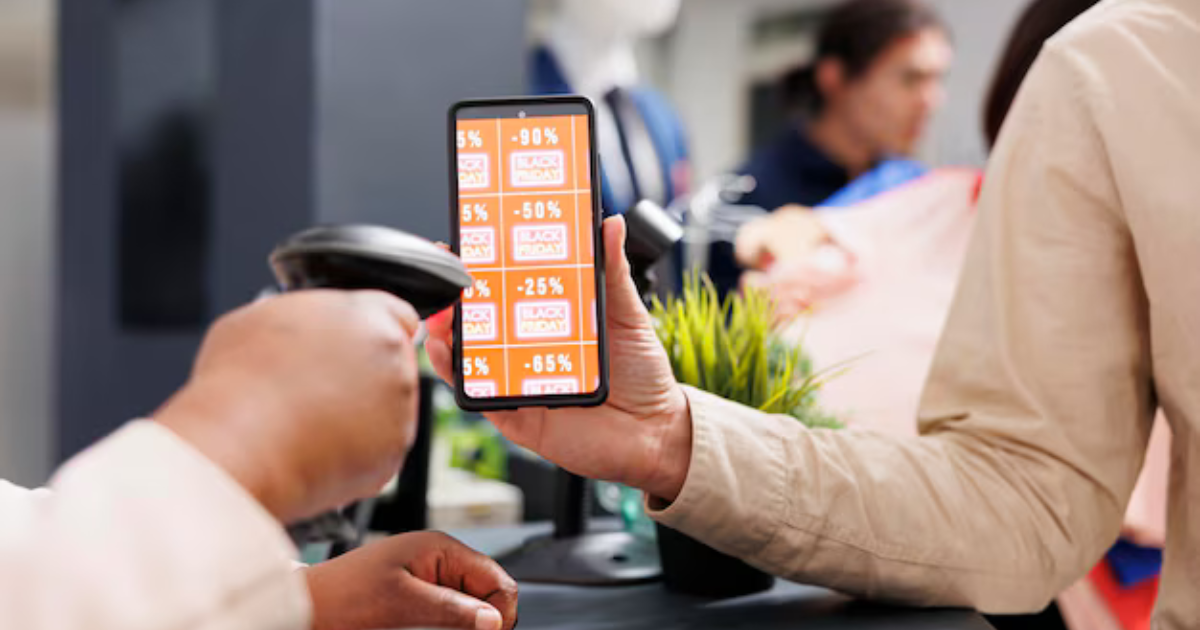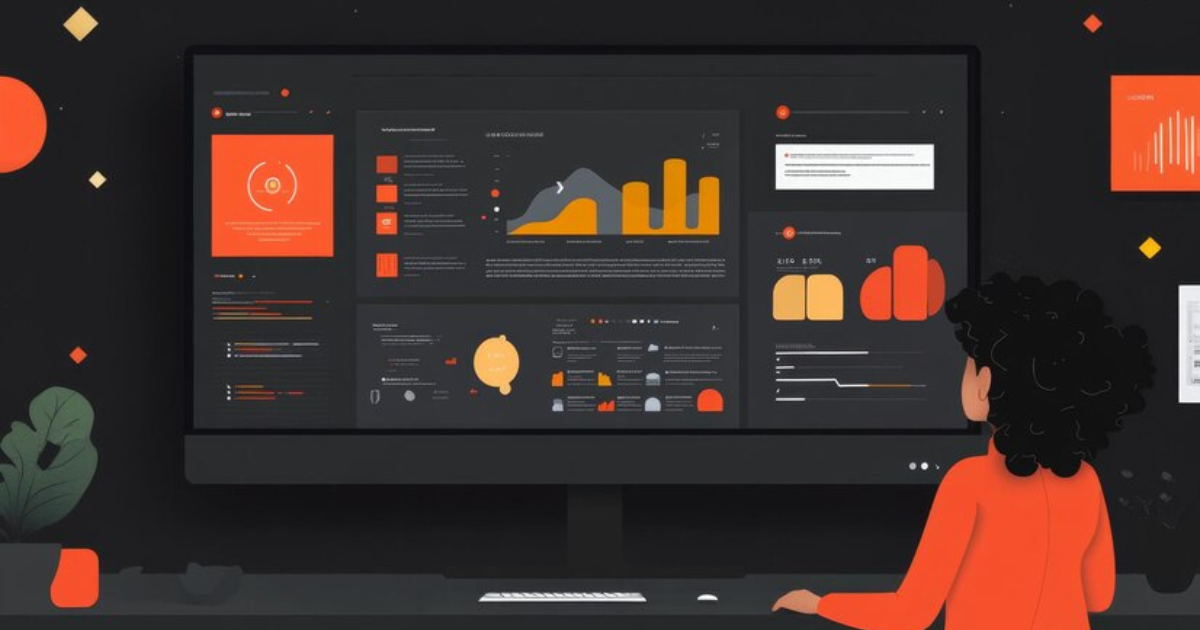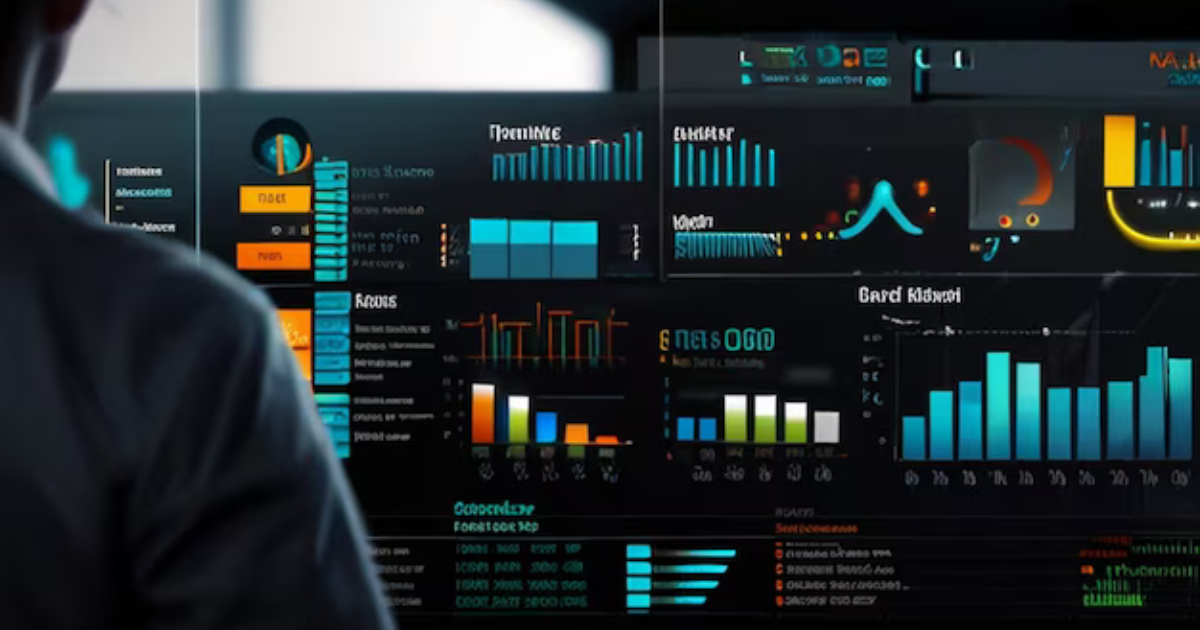
In today’s fast-paced digital era, the restaurant industry is undergoing a profound transformation. The traditional methods of running a restaurant are no longer sufficient to meet the demands of modern customers, who expect efficiency, convenience, and a seamless experience. One of the key drivers behind this transformation is the implementation of advanced food ordering systems. By integrating cutting-edge technology, restaurants can streamline their operations, boost revenue, and improve customer satisfaction. This article will explore how an advanced food ordering system can help restaurant owners manage their businesses more efficiently and provide a superior dining experience for their customers.
The Growing Demand for Food Ordering Systems
The popularity of food ordering systems has surged in recent years, driven by the increasing adoption of smartphones and the convenience of online ordering. Customers now expect the ability to place orders for delivery or pickup without having to call the restaurant or wait in line. According to industry reports, the global online food delivery market is expected to grow significantly in the coming years, with more and more consumers choosing to order food digitally.
For restaurants, this shift presents both challenges and opportunities. Those that fail to adapt to the new landscape risk losing customers to competitors that offer a more streamlined, tech-friendly experience. On the other hand, restaurants that invest in an advanced food ordering system can increase their efficiency, reduce operational costs, and attract a wider customer base.
Key Features of an Advanced Food Ordering System
To truly streamline restaurant operations, a food ordering system must go beyond simply allowing customers to place orders online. It should offer a suite of features that enhance both the customer experience and the restaurant’s internal processes. Here are some of the essential features that an advanced food ordering system should include:
1. User-Friendly Interface
The user interface is one of the most critical aspects of any food ordering system. The platform should be easy to navigate, with intuitive menus and clear instructions. A user-friendly interface ensures that customers can quickly find what they’re looking for and place their orders without frustration. For restaurants, this reduces the likelihood of abandoned carts and increases order completion rates.
2. Mobile Compatibility
With the majority of online food orders now being placed via smartphones, it’s essential for a food ordering system to be fully optimized for mobile devices. A responsive design ensures that customers can browse menus, customize their orders, and complete the checkout process smoothly on any device, whether they’re using a smartphone, tablet, or desktop computer.
3. Order Customization
Every customer has unique preferences when it comes to their food orders. Some may want extra toppings, others may need a gluten-free option, and still others may have specific dietary restrictions. An advanced food ordering system should allow customers to easily customize their orders, providing options for ingredient substitutions, portion sizes, and special instructions.
4. Real-Time Order Tracking
Real-time order tracking has become a must-have feature for modern food ordering systems. Customers appreciate the ability to monitor the status of their order from the moment it’s placed until it arrives at their door or is ready for pickup. This feature not only enhances the customer experience but also reduces the number of inquiries restaurants receive about order status, freeing up staff to focus on other tasks.
5. Seamless Payment Integration
A smooth and secure payment process is crucial for any online food ordering system. The system should support multiple payment methods, including credit/debit cards, mobile payment platforms, and cash on delivery. Additionally, robust security measures should be in place to protect customers’ sensitive payment information, ensuring a safe and trustworthy transaction process.
6. Integration with POS Systems
For restaurants, managing orders effectively requires seamless integration with their point-of-sale (POS) system. When an order is placed through the food ordering system, it should automatically sync with the restaurant’s POS system, ensuring that the kitchen receives the order without any manual intervention. This integration reduces the risk of errors, speeds up order processing, and improves overall operational efficiency.
7. Loyalty Programs and Promotions
Customer retention is key to the long-term success of any restaurant, and loyalty programs are a proven way to keep customers coming back. An advanced food ordering system should include built-in features for managing loyalty programs, offering rewards, discounts, or exclusive deals to repeat customers. Additionally, the ability to create and promote special offers or discounts can help attract new customers and boost sales during slower periods.
8. Analytics and Reporting
Data-driven insights are invaluable for optimizing restaurant operations. An advanced food ordering system should provide detailed analytics and reporting tools that allow restaurant owners to track key performance metrics, such as order volume, customer demographics, and revenue trends. By analyzing this data, restaurant owners can make informed decisions about menu items, pricing, and marketing strategies.
9. Multi-Location Support
For restaurant chains or franchises, managing multiple locations can be a complex task. A food ordering system with multi-location support allows restaurant owners to manage orders from all locations through a centralized platform. This feature ensures consistency in service and operations across all branches, while also allowing customers to place orders from their nearest location for faster delivery or pickup.
How an Advanced Food Ordering System Streamlines Restaurant Operations
Now that we’ve covered the key features of an advanced food ordering system, let’s take a closer look at how implementing such a system can streamline restaurant operations and lead to significant improvements in efficiency, profitability, and customer satisfaction.
1. Reduced Manual Order Processing
One of the most time-consuming tasks in a restaurant is taking orders manually, whether over the phone or in person. This process is not only inefficient but also prone to errors, especially during busy periods. With an advanced food ordering system, orders are placed directly by the customers online and automatically sent to the kitchen, eliminating the need for staff to take orders manually. This reduces the risk of errors, speeds up order processing, and allows staff to focus on preparing the food.
2. Improved Order Accuracy
Mistakes in order-taking can lead to dissatisfied customers, wasted food, and lost revenue. By allowing customers to place their orders directly through an online system, restaurants can ensure greater accuracy in order fulfillment. Customers can review their orders before submitting them, reducing the likelihood of errors caused by miscommunication.
3. Enhanced Customer Experience
An advanced food ordering system offers a more convenient and seamless experience for customers. Features like order customization, real-time tracking, and easy payment options make the process of ordering food more enjoyable and hassle-free. Satisfied customers are more likely to become repeat customers, leading to increased customer loyalty and long-term success.
4. Faster Turnaround Times
With orders being automatically sent to the kitchen as soon as they are placed, restaurants can significantly reduce the time it takes to prepare and deliver food. This is especially important for delivery and takeout orders, where speed is a top priority for customers. Faster turnaround times not only improve customer satisfaction but also allow restaurants to handle a higher volume of orders, increasing revenue potential.
5. Better Resource Management
An advanced food ordering system can help restaurant owners manage their resources more effectively. By providing detailed analytics and reporting, the system allows owners to track inventory levels, monitor peak ordering times, and identify trends in customer behavior. This data can be used to optimize staffing schedules, reduce food waste, and make data-driven decisions about menu offerings.
Conclusion
The restaurant industry is evolving rapidly, and the adoption of advanced food ordering system is essential for staying competitive in today’s market. By streamlining operations, improving order accuracy, and enhancing the customer experience, these systems provide numerous benefits for both restaurant owners and their customers. Whether you’re running a single-location restaurant or managing a multi-location chain, investing in a robust it can help you boost efficiency, increase revenue, and ensure long-term success in an increasingly digital world.
Original Source Url : Streamline Your Restaurant Operations with an Advanced Food Ordering System








Write a comment ...